URL: https://www.desy.de/career/working_at_desy/we_are_desy/index_eng.html
.
Breadcrumb Navigation
The DESY Spirit
We are DESY
The DESY Spirit
DESYans are recognized for their special passion for the mission of pushing research a little further each day. That's why we are always looking for people who search for new and innovative ways with us. Our employees are the basis of our success!
DESYans tell here: Why DESY?
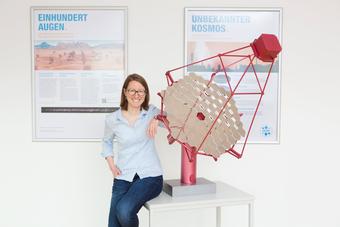
Elisa Pueschel, Astroparticle Physics
"DESY is a great place for my research with excellent colleagues.”
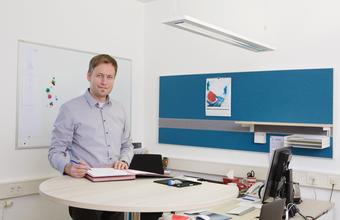
Stefan Klepser, Site management Zeuthen
“With my infrastructure groups, I would like to develop the Campus in Zeuthen as part of DESY into a widely active research location.”
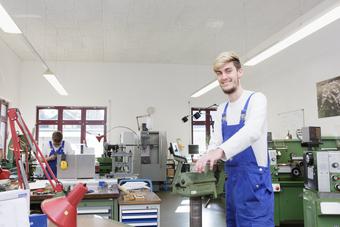
Willi Herhold, Mechanics Workshop
“In the mechanical engineering training at DESY,
I learn the most diverse manufacturing techniques
and am therefore excellently prepared for
future tasks.”
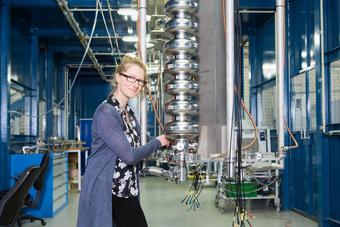
Birte van der Horst, Accelerator Physics
“I am fascinated by the enormous versatility in the here and now of DESY and look forward to making contributions as an engineer to our ambitious future projects.”
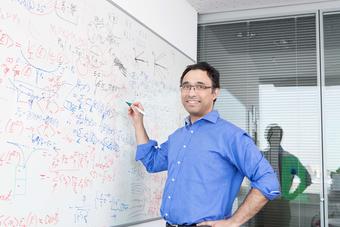
Robin Santra, Photon Science
“My research topic is ultrafast dynamics of light-induced processes, and I am proud of our cutting-edge research, which holds its own in international competition.”
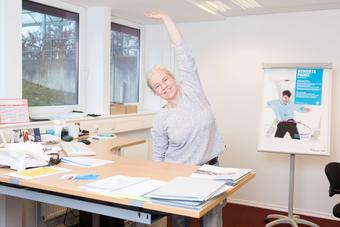
Natascha Peleikis, Health Management
DESY puts a lot of emphasis on the health of its employees. I ensure it stays that way.”
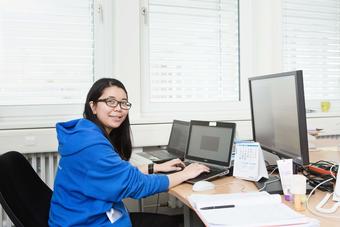
Nur Zulaiha Jomhari, Particle Physics
“As an international research centre, DESY has for me an interesting mix of ideas and cultures.”
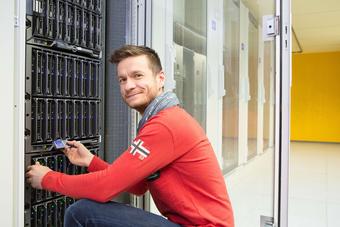
Rico Lindemann, Data Centre
“I develop modern computing infrastructures for research at DESY.”
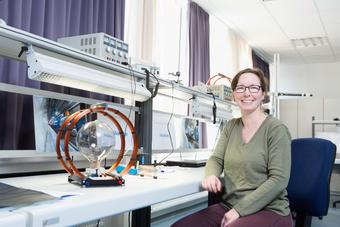
Karen Ong, School Lab
“In the DESY school lab, I look forward to seeing children and young people enthusiastic about the unbelievably exciting world of research every day.”
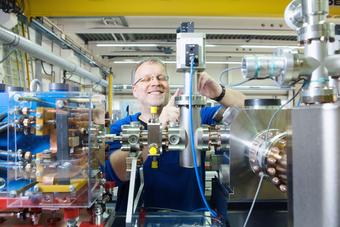
Lutz Lilje, Accelerator Physics


